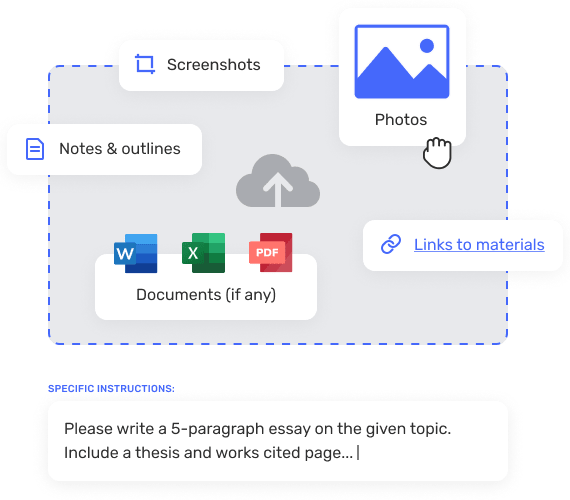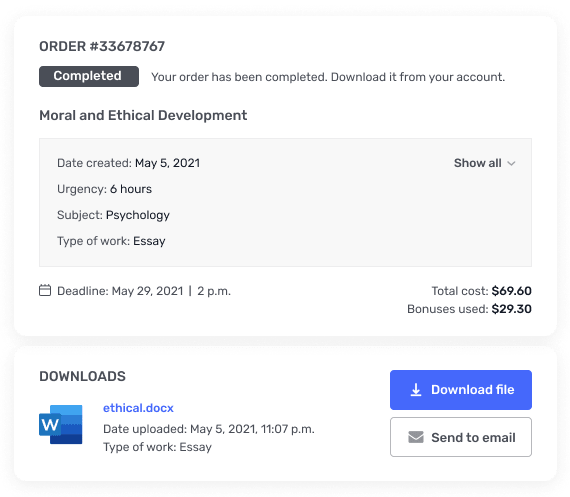Art Spielgelman has his individual distinctive graphic style
ParametersMaximum PointsProvides 500 words or more10Includes specific assignment parameters10Demonstrates correct APA citation and formatting5Submitted on timePoints Earned5Let’s have some fun this week for our Wk 2 assignment focusing on style, tone, irony, setting,symbol, and more in Art Spiegelman’s _Maus I_ graphic narrative piece (link in Required andSuggested Readings area of the Classroom).For your assignment this week, I’d like you to write a full 2-page (500 word minimum) responseto the _Maus I_ reading. Your response should be crafted like an essay with introduction, bodyparagraphs, and conclusion.Consider the following as you think about the piece, and then craft your essay in response to atleast two of the questions below:Did you have to go back and re-read any sections of the graphic narrative for it to make senseto you? If so, which sections, and why? (Consider: was it the narrative, the graphicrepresentation, or both that caused you to have to jump back to catch up?)How does Spiegelman’s tone and style impact you as a reader of the piece?In your opinion, how does irony function in the story? Does anything in the piece stand out toyou as ironic? If so, why?Where is the story set, and how does that impact the overall narrative Spiegelman creates forus as readers?What are the underlying themes you feel Spiegelman is trying to share with readers, and whyare they important themes for all of us to understand?What types of conclusions could you reach about the main characters in the piece, and why arethese important to an understanding of human nature?Use textual evidence when needed to back up your claims. Remember to use proper APA intext citation if you use words or phrases from the readings, and to include a References citationfor each source you use. Consult the APA Resource Center listed in the “Classroom” link in ourcourse menu for helpful documents and resources concerning APA documentation.This assignment will be checked for plagiarism using our in-course plagiarism detectionsoftware. You can read more about the consequences for plagiarism, a form of academicdishonesty, in the Herzing University Academic Dishonesty Policy (in our course syllabus and inthe university catalog).




